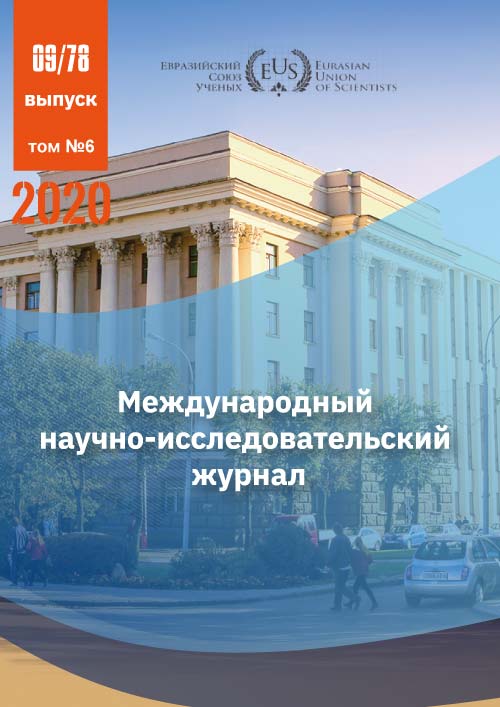CONSTRUCTION OF LAGRANGE FUNCTION FORM IN AN INTERVAL PARTIAL (MIXED)- BOOLEAN PROGRAMMING PROBLEM
Abstract
In this paper the problem of partial (mixed) Boolean programming with interval initial data is considered. A majorizing function is constructed with respect to the objective function of the optimistic and pessimistic problems, respectively. Some properties of this function are proved. In particular, it is shown that the minimum values of the constructed function are not less than the optimistic and pessimistic values of the objective function, respectively
References
[2] Девятерикова М.В., Колоколов А.А. Алгоритмы перебора L-классов для задачи о рюкзаке с интервальными данными // Преринт. Омск: Ом ГУ. 2001, с. 20.
[3] V.A. Emelichev, D.P. Podkopaev, Quantitative stability analysis for vector problems of 01 programming. “Discrete Optimitation”, 2010, № 7. P.48-63. https://core.ac.uk/download/pdf/82486050 [4] К.Ш.Мамедов, Н.О. Мамедли, Методы построения субоптимистического и субпессимистического решений частично-Булевой задачи о ранце с интервальными данными // Изв. НАН Азербайджана, 2016, № 6, с.6-13.[in Russian:K.Sh.Mamedov, N.O.Mammadli, Construction methods of suboptimistic and subpessimistic solutions of the mixed-Boolean knapsack problem with interval data // Izv. NAN Azerbaijan].
[5] К.Ш.Мамедов, Мамедли Н.О. Методы приближённого решения задач частично-Булевого программирования с интервальными данными // mixed Boolean programming, Radio Electronics, Computer Science, Control 2018, №3(46). DOI 10/15588/1607-3274-2018-3-7.
[7] К.Ш.Мамедов, Н.О.Мамедли, Методы построения приближённого решения интервальной задачи частично-целочисленного Изв.НАН Азербайджана, 2018, №3. с.27-35. 36.[in Russian: K.Sh.Mamedov, N.O.Mamedli,
[6] K.Sh.Mamedov, N.O.Mammadli, Two Construction methods of an approximate solution of an methods for construction of suboptimistic and interval mixed-integer programming problem. subpessimistic solutions of the interval problem of DOI:10.31618/ESU.2413-9335.2019.1.61.2.
CC BY-ND
A work licensed in this way allows the following:
1. The freedom to use and perform the work: The licensee must be allowed to make any use, private or public, of the work.
2. The freedom to study the work and apply the information: The licensee must be allowed to examine the work and to use the knowledge gained from the work in any way. The license may not, for example, restrict "reverse engineering."
2. The freedom to redistribute copies: Copies may be sold, swapped or given away for free, in the same form as the original.







